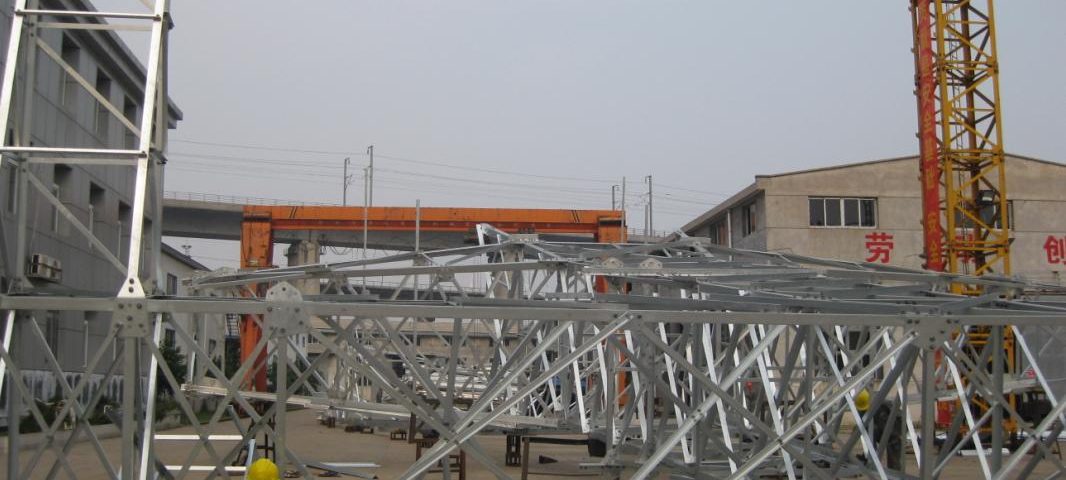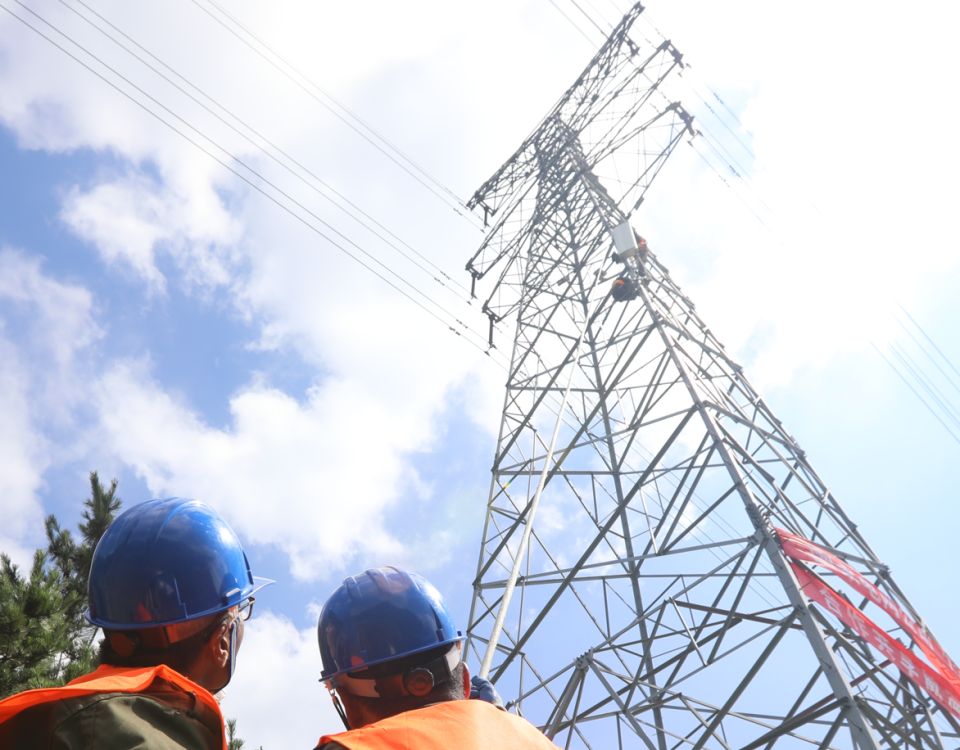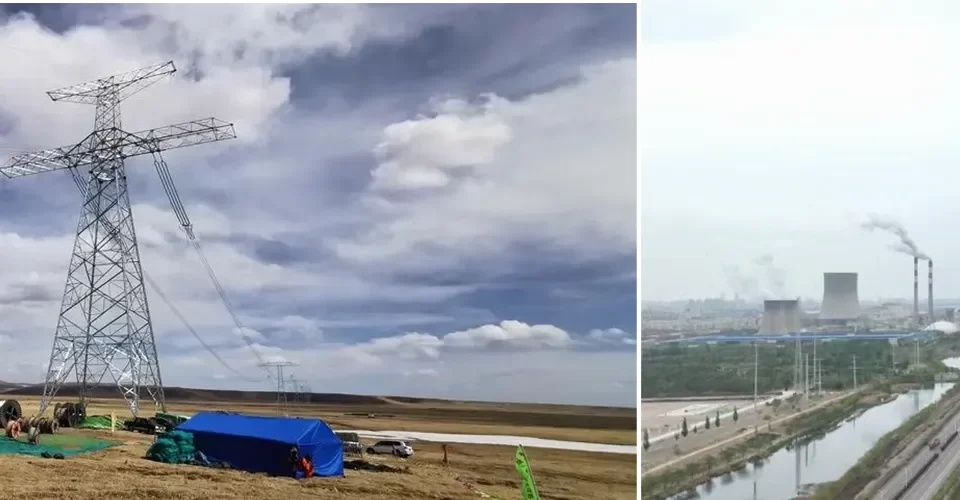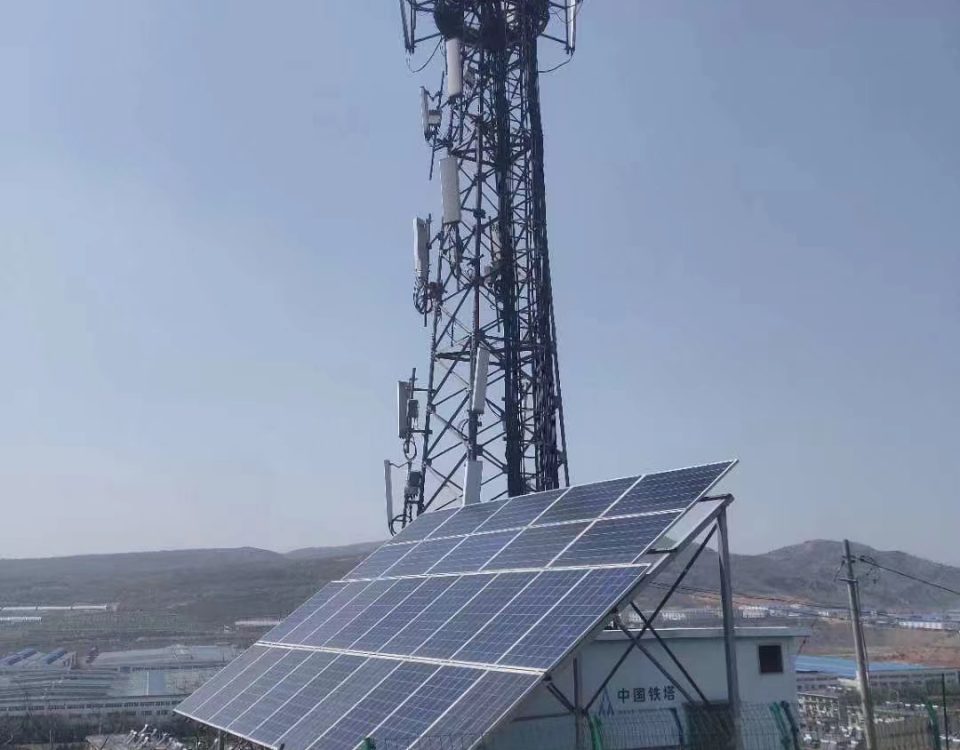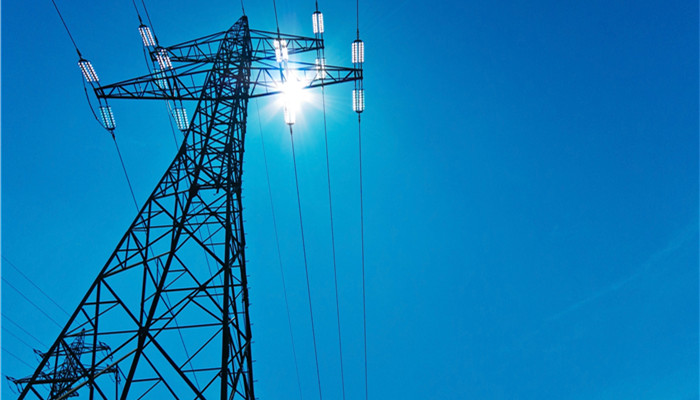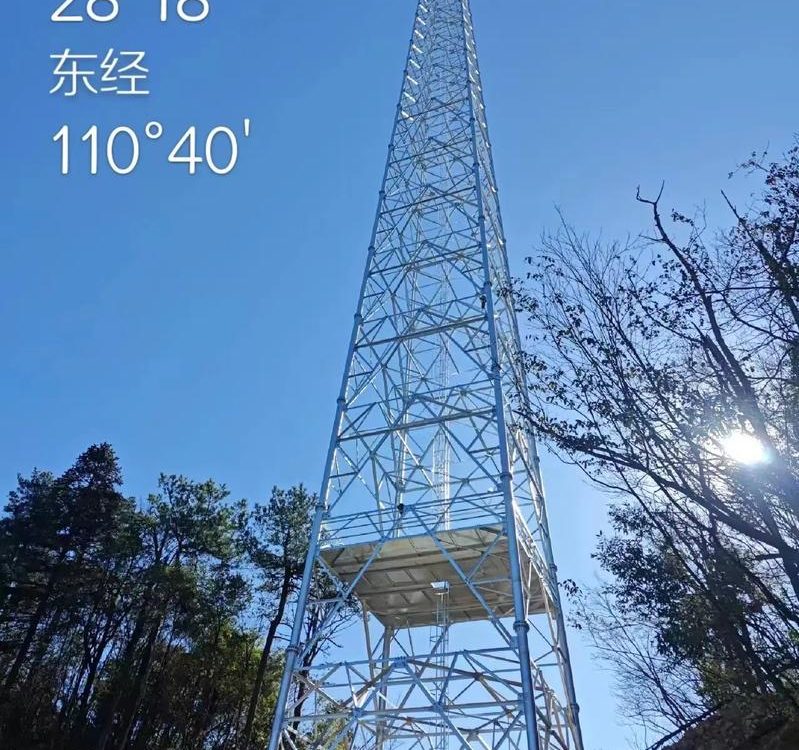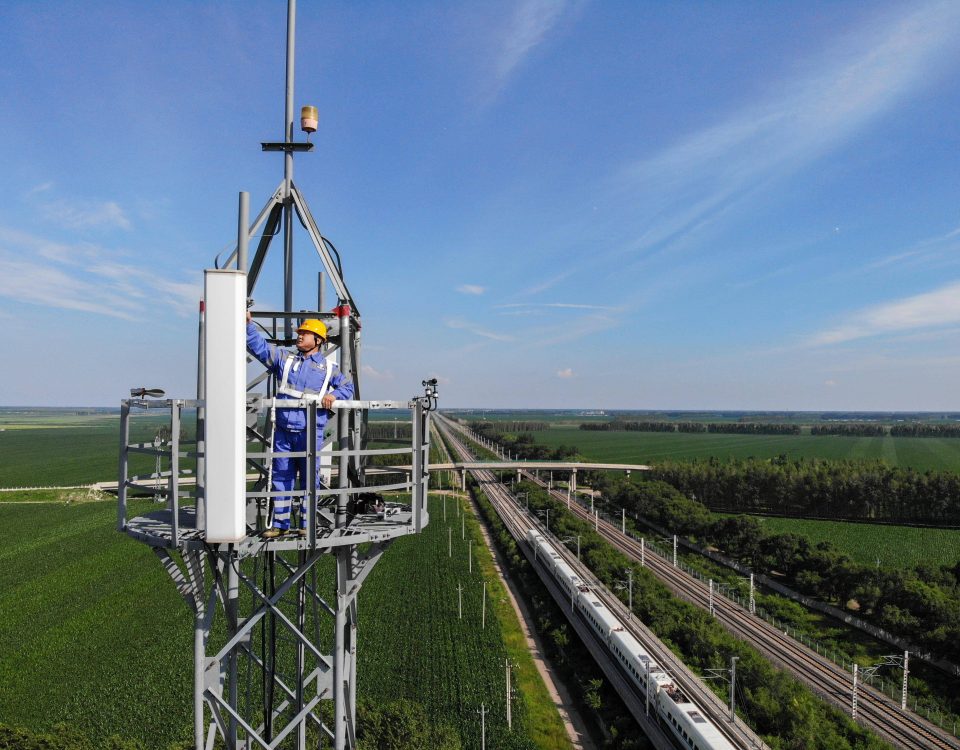
A communication tower you can’t see it – towers disguised as trees
March 24, 2018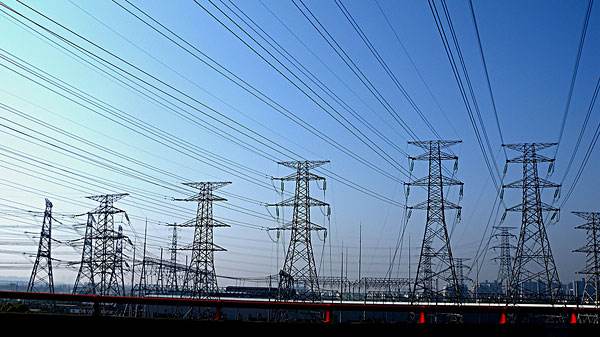
Types of Transmission Line Towers and Configurations – used erect opgw
March 31, 2018Galvanizing Requirements , 230 kV Transmission line tower, part two
Transmission line Steel Tower Galvanizing Requirements
Except where specified to the contrary, all iron and steel used in the construction of the Contract Works shall be galvanized after sawing, shearing, drilling, punching, filling, bending and machining is completed.
Galvanizing shall be performed in accordance with EN-ISO 1461.
For galvanizing, only original blast furnace raw zinc shall be applied, which shall have a purity of 98.5%.
The zinc coating shall be uniform, clean, smooth and as free from spangle as possible. Galvanizing shall be applied by the hot dip process and shall consist of a coating having at least the thickness shown in the table below:
|
Overhead Line Components |
Coating Thickness (Micrometer) |
|
No Significant Pollution Areas |
|
|
Towers |
85 |
|
Line Fittings |
85 |
|
Bolts, Screws, Nuts, Washers > 20mm dia |
55 |
|
Bolts, Screws, Nuts, Washers < 20mm dia |
45 |
Tower steelwork, fittings and fixings receiving an increased thickness of galvanizing shall be readily identifiable and distinguishable from those materials having the general galvanizing thickness. Identification marks, bar marks etc on steelwork, fittings and fixings shall be pre-fixed with an “X” to denote extra galvanizing.
Steel tower materials shall be treated with Sodium Dichromate or Preton W20 solution after galvanizing to prevent the formation of white rust (white storage stains).
Bolt, nuts, washers, locknuts and similar hardware shall be galvanized in accordance with the relevant standards. Excess spelter shall be removed by centrifugal spinning.

